25 Celebrities Who Came From Wealthy Families (Before You Ever Knew Their Names)

You know their faces, quotes, and blockbuster roles—but not the trust funds, legacy names, and powerful parents that paved the earliest roads. Some of today’s most beloved stars didn’t just hustle; they started on third base with gold-plated cleats.
That doesn’t erase their talent, but it does explain the glossy connections and early opportunities. Ready to decode the silver spoons behind the silver screens?
1. Anderson Cooper
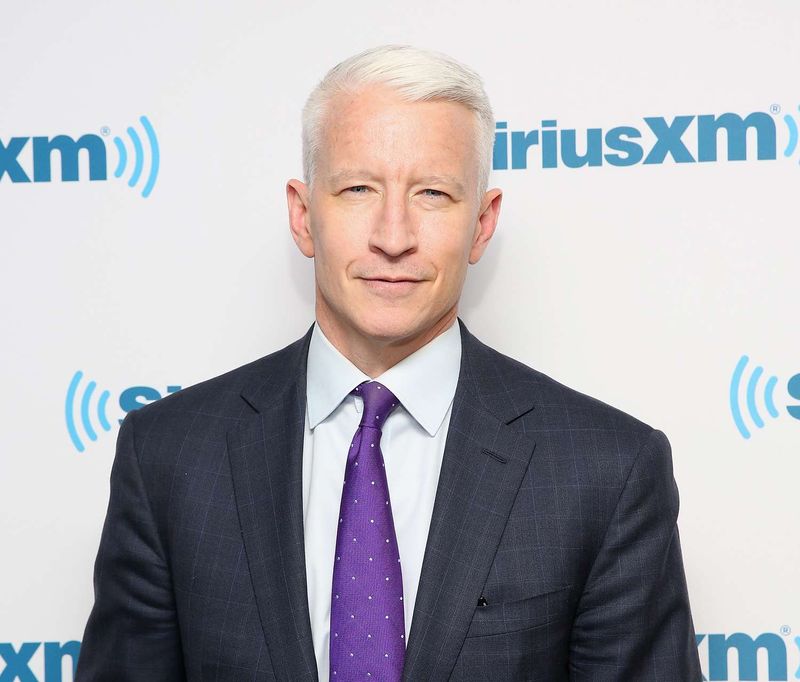
Before the world met his cool, unflappable on-air persona, he was already navigating salons of old New York. As the son of Gloria Vanderbilt, he inherited not just a famous surname but a window into fashion, art, and media.
Those rooms taught him to ask pointed questions long before he had a microphone. He insists his career was built, not bestowed, yet the doors he knocked on were already cracked open.
Anderson turned a storied lineage into disciplined reporting, embedding in war zones rather than leaning on gala invites. The Vanderbilt heir embraced risk, chasing stories that required boots, not tuxedos. That choice sharpened his credibility and helped separate myth from résumé. Privilege may have set the stage, but the performance was his.
His path is a reminder that inheritance can be both spotlight and shadow. He learned to step out of one and into the other.
2. Julia Louis-Dreyfus
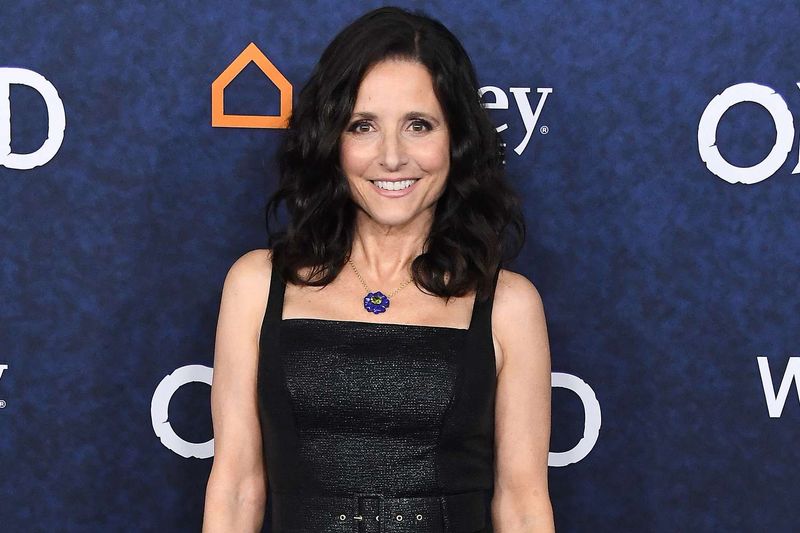
Comedy royalty wasn’t her first crown; corporate royalty came earlier. The daughter of billionaire businessman Gérard Louis-Dreyfus, she grew up near the gravitational pull of a global conglomerate.
That kind of orbit brings polish, poise, and a Rolodex—a cocktail that pairs surprisingly well with sketch comedy. Yet the Seinfeld and Veep icon built her punchlines the old-fashioned way: through craft, timing, and a lethal deadpan.
She leveraged privilege into freedom to fail, audition, and experiment—a priceless cushion in a precarious industry. Early opportunities didn’t write her Emmy speeches, but they afforded the space to chase them. The gap between access and excellence was bridged by relentless work. And when the jokes hit, they obliterated any assumptions.
Her story complicates the bootstrap myth without dismissing hustle. Money bought margin; talent delivered the legacy. That’s the real punchline behind the empire.
3. Ariana Grande

The ponytail, the whistle notes, the stadiums—those came later. Earlier came a Florida upbringing with executive parents who could bankroll lessons, studio time, and the freedom to refine a voice into a phenomenon.
Her dad ran a design and engineering firm; her mom helmed a security company. That kind of household understands scale—helpful when your dreams quickly require arenas.
Ariana still had to hit the notes and survive the spotlight’s weather. Access opened vocal booths; talent kept her there. Nickelodeon gigs offered a launchpad, while savvy branding built a universe of cat ears and chart-toppers. The machine worked because the engine was real.
Her path underscores how resources speed iteration. You can try, fail, and try again without the rent clock screaming. The result: a pop architect who didn’t just chase hits—she engineered them, glitter and all.
4. Taylor Swift

Before stadium tours and Easter eggs, there was a Pennsylvania farmhouse and a father who understood markets. A Merrill Lynch financial advisor, he navigated portfolios while his daughter learned chord progressions.
The family’s strategic move to Nashville wasn’t a gamble—it was targeted investment. That early runway let her write, network, and play until gatekeepers learned her name.
Taylor translated privilege into discipline, cataloging heartbreak and ambition with surgical hooks. Her mastery of narrative—contracts included—feels like a boardroom skill dressed in a rhinestone jacket. Each reinvention doubles as a case study in brand stewardship. The stock keeps splitting; the fan base keeps buying.
Yes, doors opened. But she walked through carrying a guitar and a plan. The result is a pop-country conglomerate built on bridges and bridges—musical and financial—expertly maintained.
5. Rooney and Kate Mara

Gridiron legacies thread through their family tree like yard lines. With the Mara clan tied to the New York Giants and Pittsburgh Steelers, the sisters grew up where surnames carry skybox keys. That proximity to power teaches poise, stakes, and a comfort with big stages. Hollywood, as it turned out, was just another arena with brighter lights.
Rooney’s brooding intensity and Kate’s warm range aren’t inherited, but their access certainly eased auditions. Industry rooms greet the Maras with curiosity and recognition, which can help a monologue land. Still, they’ve banked careers on choices, not helmets—offbeat indies, prestige television, and roles that reject easy nepotism narratives. The filmography keeps speaking.
Sports dynasties and movie sets share a language: pressure, team, execution. They learned it early and translated fluently. The scoreboard? A steady tally of interesting, risk-forward work.
6. Brooke Shields
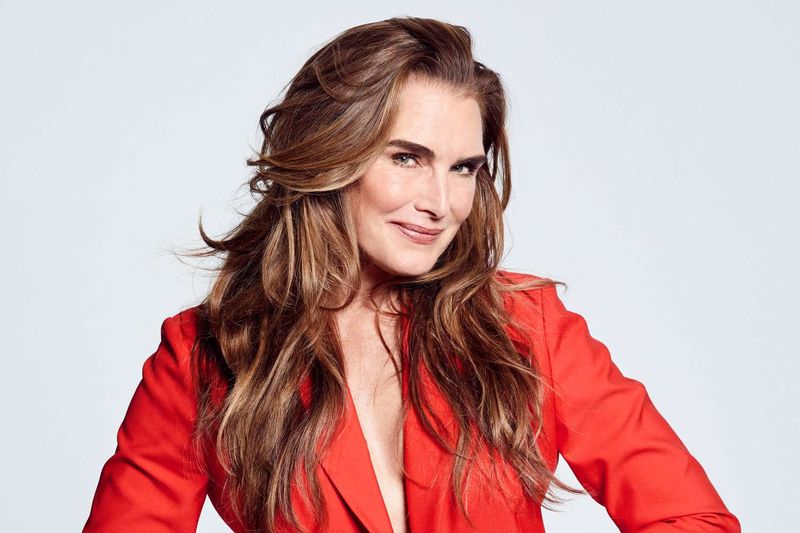
Debutante whispers preceded the Calvin Klein era. Raised amid Manhattan’s old-guard circles, she had the benefit of introductions and impeccable table manners before she ever met a camera.
The family tree touched business, society, and the arts, making a childhood of galleries and gala small talk feel normal. That polished surface primed her for the surreal spectacle of child stardom.
Brooke pivoted from ingénue to Princeton graduate, then to Broadway veteran—an evolution with more strategy than the tabloids admitted. Connections got her noticed; discipline kept her employable. She mastered the art of reinvention with a smile that reads “brand control.” Few navigate the long arc from kid phenom to adult professional so gracefully.
Privilege supplied the first-stage lights. Sustained craft dimmed the glare and sharpened focus. The result is a career that’s sturdier than the gloss suggests.
7. Olivia Wilde

Journalism ink runs through her veins. With parents renowned for fearless reporting and political access, dinner conversations covered coups, campaigns, and craft. That upbringing gifted media literacy and a Rolodex bristling with gatekeepers. Translating that into acting and directing meant wielding narrative not as gossip, but as a tool.
Olivia’s path from TV darling to filmmaker reflects a newsroom instinct: follow the story no one’s telling. The choices feel reported—observant, sharp, willing to offend. Connections opened rooms; ideas kept her inside them. Producing and directing became an extension of family tradecraft, just with a clapperboard instead of a byline.
She embodies a particular privilege: fluency in power’s language. That’s useful in Hollywood’s corridors, where access is currency. When the story breaks, she tends to already have the sources, and more importantly, a take.
8. Edward Norton
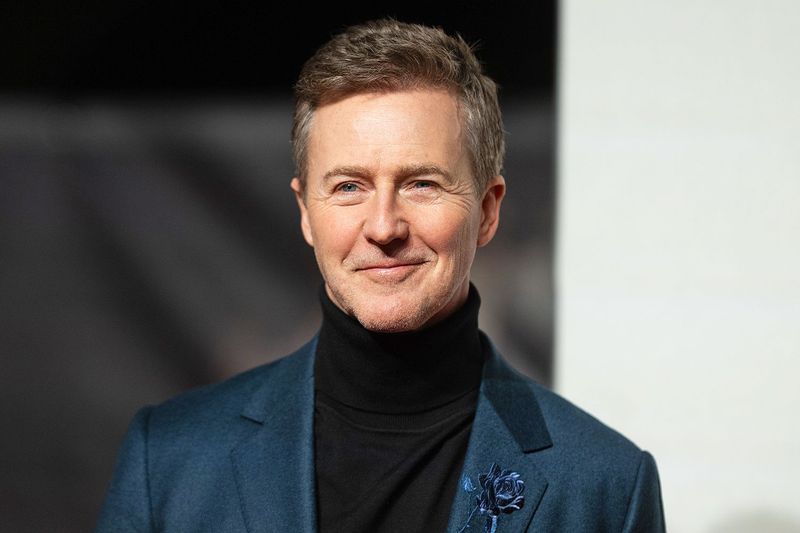
City planning and cinema share a love of structure, which he inherited indirectly. As the grandson of developer James Rouse, he grew up around the Rouse Company’s big-idea projects, including Columbia, Maryland.
That teaches scale and patience—handy traits for an actor who often chooses complex, architectural roles. Corporate legacy didn’t dictate choices; it underlined them.
Edward’s career mixes meticulous craft with an activist’s conscience. He’s as comfortable dissecting scripts as he is studying systems, from philanthropy to environmental causes. Access can buy time to be choosy, and he has been, often favoring layered parts over splashy headlines. The results earned critical laurels and a reputation for intensity.
His background explains the blueprint mindset: measure twice, cut once, then surprise everyone. It’s development by another name—only the buildings are characters, and the tenants are us.
9. Adam Levine
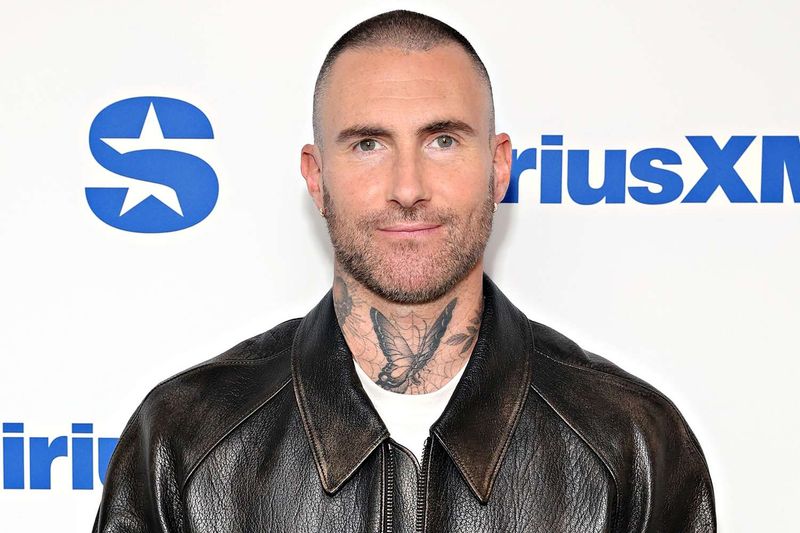
Brentwood’s breezes carried more than a good view—they carried options. His father founded a successful retail chain, easing the path to instruments, rehearsal spaces, and enough time to find a sound.
That cushion can breed either complacency or audacity; he chose the latter. The Maroon 5 frontman blended pop instincts with rock gloss until radio couldn’t resist.
Television later amplified the brand, but the groundwork was long and deliberate. Early access to industry folks didn’t hurt; steady hooks did the heavy lifting. Fame polished the edges; riffs kept them interesting. The result is a catalog that sounds like California sunshine with a boardroom tan.
Wealth can speed the first lap. It doesn’t run the race. Adam turned momentum into longevity by showing up with melodies that stick and charisma that can’t be outsourced.
10. Allison Williams
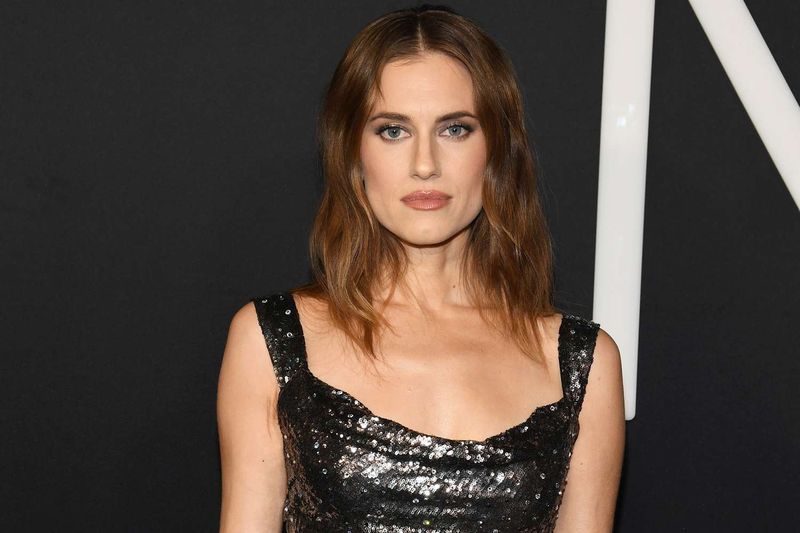
Network news was basically the family business. As the daughter of longtime NBC anchor Brian Williams, she understood the camera’s appetite and the stakes of live media.
That early awareness translated into poise on Girls and a surgical edge in Get Out. You can’t teach presence, but you can certainly nurture it around good lighting and accountability.
Industry access meant her auditions weren’t entirely cold. Still, she tackled parts that risk the audience’s affection—a savvy move for someone with a famous last name. The work feels precise, anchored by prep and a reporter’s instinct for subtext. The result: a performer who reads as credible on-screen and off.
Privilege gave her a microphone; performance adjusted the levels. She’s calibrated a career that acknowledges legacy without being consumed by it. The chyron might say “daughter,” but the credits say “lead.”
11. Rashida Jones
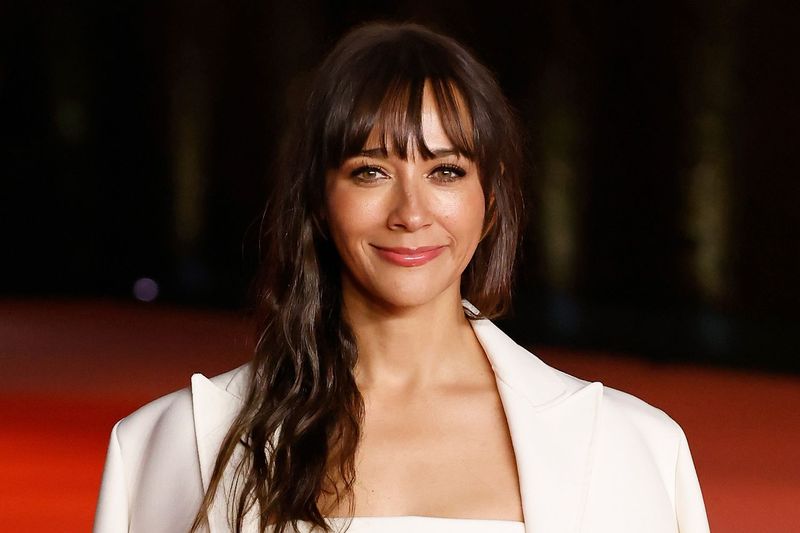
Hollywood and hit records were family heirlooms. With Quincy Jones and Peggy Lipton as parents, she grew up where studio sessions and scripts blended at the breakfast table. That environment breeds curiosity and range, and Rashida’s career reflects both. She writes, acts, and produces with a calm competence that feels inherited and hard-won.
Her charm isn’t accidental; it’s calibrated. Access gave her early mentorship, but she chose projects with longevity over flash. Parks and Recreation, thoughtful indies, and documentary work show a talent uninterested in one lane. The craft is light, precise, and deceptively deep.
Legacy can be a heavy coat. She tailored hers. The fit allows movement, humor, and the occasional sharp elbow—perfect for a multi-hyphenate who keeps adding hyphens.
12. Carly Simon

Publishing profits underwrote the piano lessons. Her father co-founded Simon & Schuster, which meant a home stacked with manuscripts and melodies. That mix produced a songwriter who could turn diary entries into national anthems. The hits sounded intimate because the rooms she wrote in felt secure.
Privilege protected experimentation, but it didn’t write “You’re So Vain.” Talent did, along with a willingness to mine life for hooks sharper than a printer’s edge. She navigated fame with authorial control, negotiating the plot rather than being swallowed by it. The chorus still echoes through generations of confessional pop.
Books built the house; music furnished it. Carly learned both economies: words and worth. Her catalog remains a syllabus for anyone studying how comfort can coexist with candor in three perfect verses.
13. Lana Del Rey
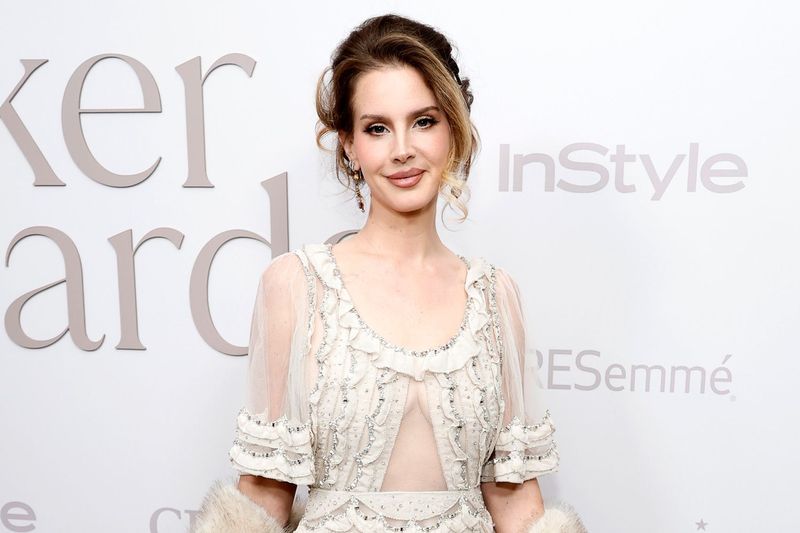
Before the Americana melancholy, there was a childhood cushioned by successful ventures. Her father made millions in domain investments, allowing time for artistic wandering and reinvention. That freedom birthed Lizzy Grant, then the cinematic persona we now know. The mythology feels curated because the resources allowed curation.
Lana’s songs stitch glamour to ruin, with choruses that feel like film stills. Access provided the frame; her obsessions supplied the color grading. She’s a master of vibe economics, converting nostalgia into currency. The result is a catalog that sells sadness like luxury perfume.
Privilege didn’t blunt the ache; it afforded the lens to magnify it. That’s the trick: turning comfort into atmosphere, then atmosphere into art that lingers like cigarette smoke in a velvet room.
14. Nick Kroll
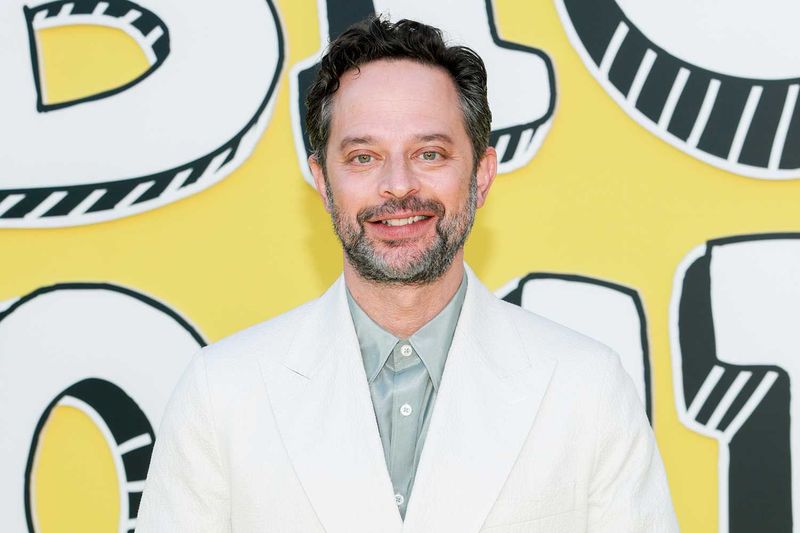
Boardrooms and punchlines aren’t obvious cousins, but he bridged them. As the son of billionaire Jules Kroll, he had proximity to global risk management and dinner-table case studies. That kind of world builds timing—knowing when to pivot, when to press. In comedy, those instincts land like a perfectly placed tag.
Nick used access to buy time for improv, sketch, and the long grind of finding a voice. Big Mouth reveals a creator who weaponizes awkwardness with surgical precision. The brand is bratty and brainy, often in the same breath. It’s hard to fake that confident weirdness without a safety net.
Privilege made the stage less terrifying. He chose to fill it with characters that are. The result is a career that laughs while quietly reading the room’s balance sheet.
15. Chevy Chase

New York pedigree came standard. Descended from a wealthy family with magazine and arts legacy, he walked into rooms already familiar with his last name. That familiarity can be a curse in comedy; audiences sniff entitlement. He disarmed them with pratfalls, Weekend Update smirks, and a talent for weaponized aloofness.
Connections opened SNL’s door, but performance kept him in the sketch hall of fame. The career is a pendulum: blistering highs, rocky valleys, and stories that still circulate like urban legends. Privilege helped him start; resilience kept him relevant—sometimes by accident, sometimes by design.
He’s proof that old money and slapstick can share a frame. The joke works best when the tie is slightly crooked, the marble staircase a little slippery, and the timing ruthless.
16. Paul Giamatti

Academe and America’s pastime set the backdrop. With A. Bartlett Giamatti as father—a Yale president turned MLB commissioner—Paul absorbed institutions’ quirks early. That perspective shapes his gallery of oddballs and power brokers. He plays authority like someone who’s watched it up close and found the seams.
While connections likely eased introductions, he bulldozed a path through sheer character work. From Sideways to Billions, his performances are textured, acidic, and strangely tender. Prestige followed, but never sanded the edges. He makes middle-aged discontent feel Shakespearean.
Legacy can script expectations. He rewrote the margins, annotating with sweat and specificity. The result is a resume that reads like a syllabus on empathy for the deeply flawed.
17. Jake and Maggie Gyllenhaal
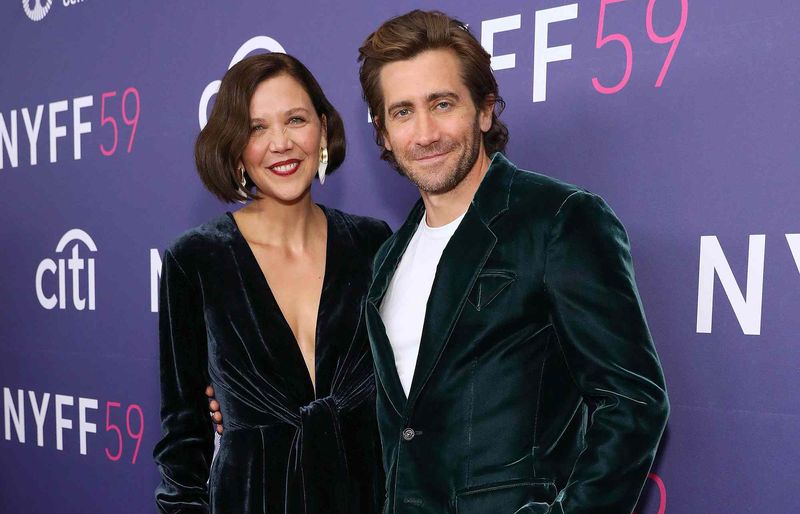
Hollywood was the family living room, literally. With director Stephen Gyllenhaal and screenwriter Naomi Foner as parents, they learned coverage, notes, and set etiquette before algebra got hard. That exposure bred fearlessness around cameras and curiosity about character. Opportunities arrived early, but so did expectations.
Both siblings navigated the privilege with taste. Jake oscillates between blockbuster and brooding indie; Maggie favors flinty complexity and creative control. The access didn’t dictate their picks; it enabled range. Their filmographies feel like a family conversation continued in public.
Born into the industry means starting inside the machine. They’ve used that vantage to choose gears, not just ride them. What you see is legacy converted into craft—sometimes prickly, often excellent, always intentional.
18. Tinsley Mortimer
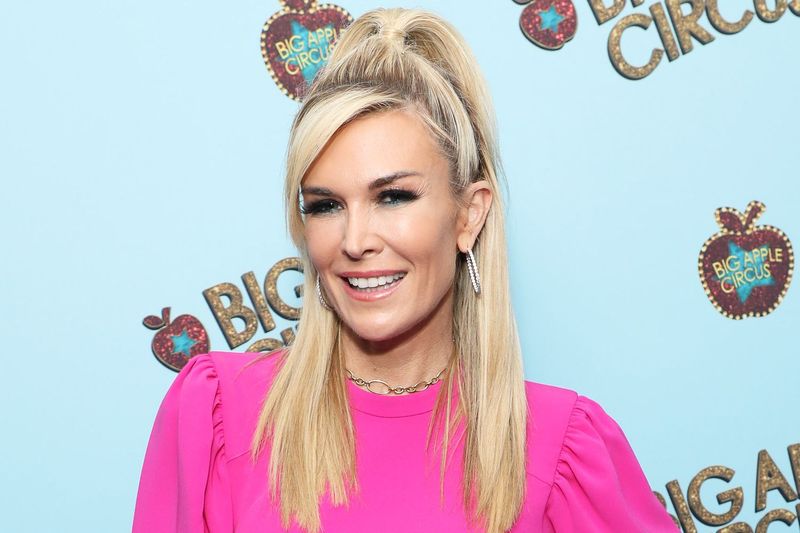
Social registers listed her before tabloids did. Born into Southern old money, she mastered debutante choreography and society-page politics young. That training translated into a modern socialite career—equal parts branding, fashion collaborations, and reality TV spectacle. The accent may be soft, but the playbook is sharp.
Privilege provided access to editors and designers eager for a pedigreed muse. She parlayed that into a name that sells handbags and headlines. Critics underestimate the strategy behind a well-curated persona. It’s commerce in a silk bow.
Old money often hides; she chose to broadcast. The result is a case study in legacy adapting to algorithms. In a world where status is content, she understood the assignment early.
19. Kyra Sedgwick

Television’s closer had financial proximity long before she closed any cases. Through her mother’s lineage, she connects to the Getty oil fortune, a thread in a tapestry of privilege. That backdrop offers stability in a volatile business, where pilot seasons can churn hope into ash. She kept working, kept choosing well, and kept the spotlight steady.
Kyra’s talent reads as grounded and unfussy, the opposite of gilded. That contrast is part of the appeal: luxury behind the scenes, grit on the screen. She’s navigated decades of roles without the tabloid circus, which might be the poshest trick of all. Longevity is the real flex.
Wealth provided margin; she built substance. When the credits roll, the character lingers—money can’t buy that, but it can buy time to find it.
20. Paris Hilton

Hotel keys jingled like destiny. As an heir to the Hilton dynasty, she turned inherited access into a megaphone for celebrity-as-business. The party-girl veneer masked a spreadsheet brain, building fragrances, TV ventures, and a DJ brand that minted cash. She understood early that fame is a platform, not a product.
Paris used privilege to prototype an influencer economy before the term went mainstream. The act looked simple; the execution wasn’t. Licensing deals require savvy, timing, and an appetite for reinvention. She kept showing up with a new angle, usually wrapped in pink.
Critics underestimated her on purpose. That was part of the strategy. Two decades later, the brand persists—a case study in turning a surname into a global SKU.
21. Gigi and Bella Hadid
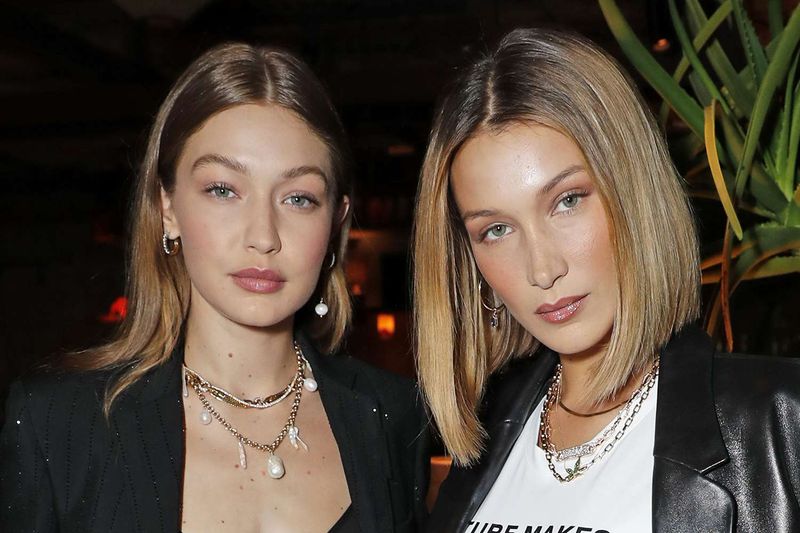
Runways felt familiar before they were invitations. With a real estate developer father and a model mother, the sisters grew up fluent in cameras and contracts. That foundation translated into early bookings and a confident stride. Industry insiders knew their names; the world soon followed.
The Hadids didn’t just walk—they worked, diversifying into design, campaigns, and smart social media. Critics cry nepotism; calendars say demand. Familiarity may open doors, but stamina keeps them revolving. They bring both, plus a knack for turning off-duty into on-brand.
Modeling rewards bone structure and business sense. They inherited both, then trained the latter. The result is a dynasty within a dynasty, built on hustle dressed in couture.
22. Angelina Jolie

Movie sets were playgrounds, courtesy of actor Jon Voight. That access demystified the business and accelerated a young actress’s education. But the persona that captivated the world—edgy, humanitarian, fiercely independent—was her own design. She learned the system and then stepped outside it.
Angelina parlayed lineage into leverage: directing, global advocacy, and roles that expanded what leading women could be. The surname helped; the choices defined. She turned tabloid chaos into purposeful narrative, centering refugees and human rights with relentless focus. That pivot required clout and conviction.
Privilege gave her a megaphone; purpose set the frequency. The result is an artist-advocate hybrid whose legacy stretches beyond red carpets to policy rooms.
23. Zoë Kravitz

Cool was a family heirloom. With Lenny Kravitz and Lisa Bonet as parents, she inherited stagecraft, style, and a backstage pass to culture. Yet her vibe is singular—minimalist, precise, and a touch feral. She builds characters like playlists: curated, textured, and deeply personal.
Access meant early mentors and rooms that welcome experimentation. She used them to pursue music, acting, and fashion without apology. From indie gems to blockbuster franchises, she threads authenticity through glossy environments. The look is effortless because the homework is done.
Legacy can become costume; she wears it like a whisper. The result is a career that moves quietly and hits loudly, one elegant left turn at a time.
24. Kendall and Kylie Jenner

Fame was the family business long before lip kits. Growing up in a hyper-visible household taught them how to script reality and monetize attention. That comfort with cameras translated into runway dominance and a beauty empire that prints money. They didn’t invent the influencer; they industrialized it.
Resources turned ideas into logistics: labs, fulfillment, legal teams. The sisters move like founders with production budgets instead of dorm rooms. That scale isn’t accidental; it’s legacy leveraged into machinery. The numbers, like the follower counts, are unforgiving and impressive.
Critics question depth; the market replies with receipts. They are case studies in converting ubiquity into ownership. In the attention economy, they speak fluent currency.
25. Hailey Bieber
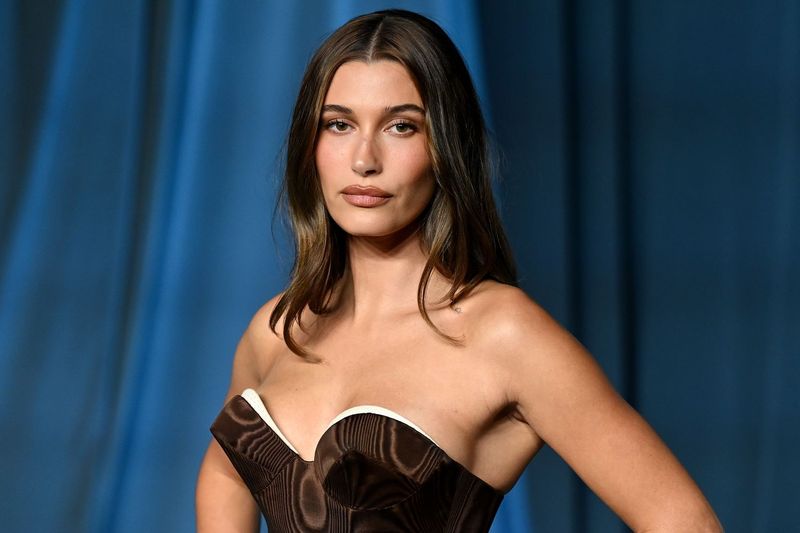
Backstage passes came with the last name. As Stephen Baldwin’s daughter and niece to Alec, she had a front-row view of fame’s mechanics. That education folded into modeling gigs, brand deals, and eventually skincare entrepreneurship. She understands the camera as collaborator, not adversary.
Hailey’s marriage to Justin Bieber multiplied the spotlight, but her playbook predates the vows. She curates a minimalist aesthetic with commercial bite, navigating campaigns like a seasoned producer. Privilege provided confidence; reps built credibility. The grid stays cohesive because the strategy is.
In a crowded field of nepo-babies, she’s carved a lane that feels calm, clean, and considered. The name opens doors; the brand keeps them propped.

Comments
Loading…